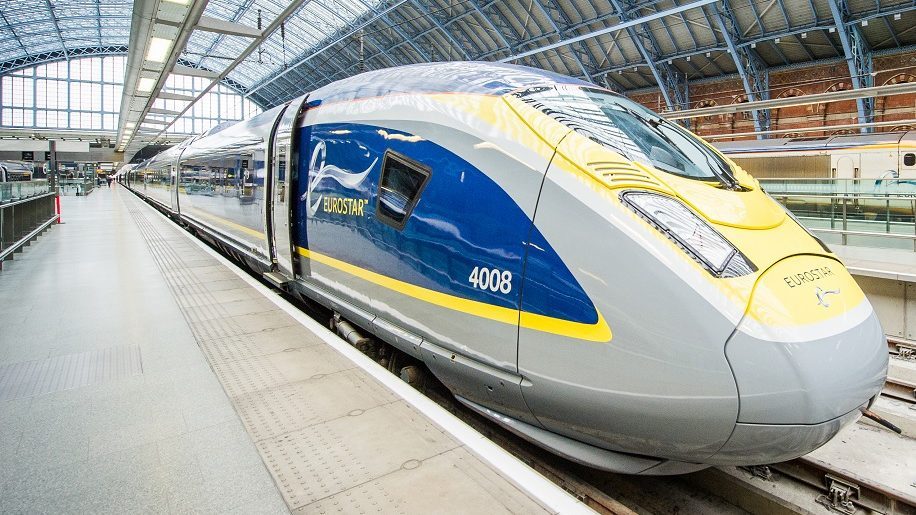
It’s finally happened.
Originally mooted in September 2019, but delayed owing to the pandemic, the merger between Eurostar and Thalys has now been approved by the European Commission.
Indeed there was a time last year when the merger was in doubt as we reported.
The reason was that both Eurostar and Thalys had experienced a significant decline in passenger volumes during the pandemic. It therefore meant both operators were suffering financial issues.
Feu vert de l'Europe pour que Thalys devienne Eurostar https://t.co/FMXu6DWxzj pic.twitter.com/3zN5KSpW8p
— La Libre (@lalibrebe) March 29, 2022
As noted by Lalibre.be:
“The project will connect five countries and 245 million people to France, the UK, Belgium, Germany and the Netherlands.
“Both companies employ 2,300 staff with a combined turnover [pre-pandemic] of €1.5 billion.”
Both Eurostar and Thalys are majority owned by France’s SNCF. Its headquarters will be transferred from London to Brussels.
Now the question on most people’s mind is “What does the merger mean for the consumer?”
In short the main benefit lies in improved scheduling and ticketing. For example there would be easier connections between Eurostar and Thalys at Brussels both for onward travel to the Netherlands and also Germany.
One would hope that, as with the Netherlands, later there would be through trains from London to Germany via Brussels.
Such through services could be operated as of now (hence Eurostar’s purchase of Siemens trainsets). The obstacle is the UK Border which insists all UK-bound travellers are screened before the train enters the Tunnel.
It means, therefore, that if Eurostar were to operate Cologne or Frankfurt to London there would have to be processing terminals at these stations.
To clarify:
- Eurostar operates core routes from London to Amsterdam, Brussels and Paris.
- Thalys’ core routes are from Paris to Brussels, Amsterdam, Cologne and Dusseldorf.












